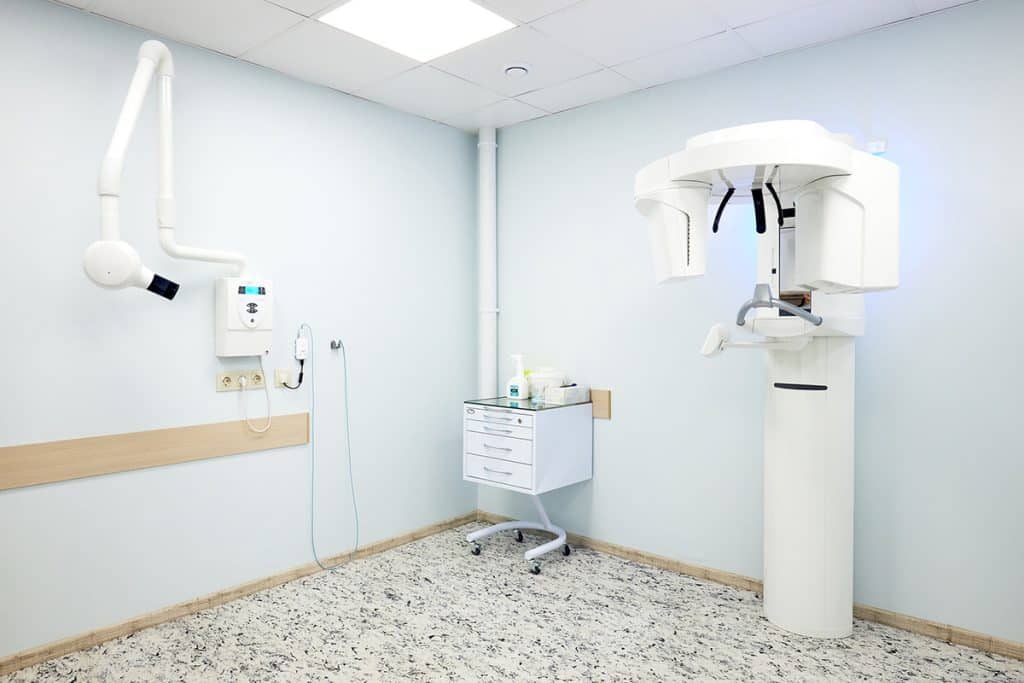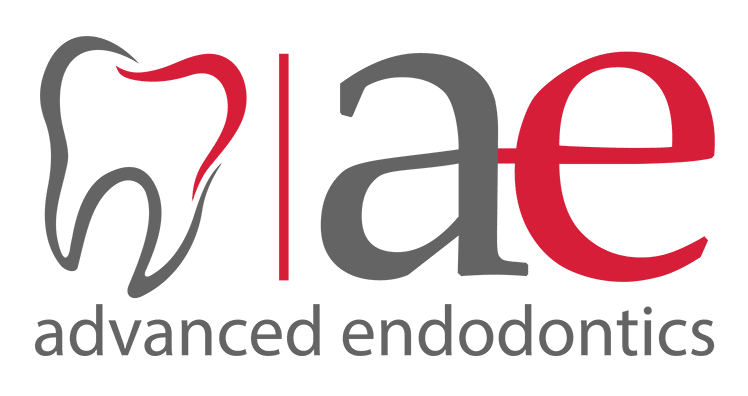What Is A Cone Beam CT Scan And What Are The Advantages?

As technology advances, so do the methods used in the field of dentistry. One such advancement is the Cone Beam CT scan, a revolutionary imaging technology that allows dentists to obtain a three-dimensional image of a patient’s mouth, teeth, and jaw. The benefits of Cone Beam CT scans are numerous, from aiding in the diagnosis of dental and oral issues to guide complex dental procedures. However, many patients may not be aware of this technology and the advantages it can offer.
In this article, we will take a closer look at Cone Beam CT scans and their benefits. Whether you are a dental professional looking to expand your knowledge of imaging technology or a patient curious about the latest advancements in dental care, this guide will provide you with a thorough understanding of Cone Beam CT scans and why they
are a game-changer in the world of dentistry.
What is a Cone Beam CT scan?
A Cone Beam CT scan, also known as Cone Beam Computed Tomography (CBCT), is a specialized type of X-ray technology that produces a three-dimensional image of a patient’s mouth, teeth, and jaw. The Cone Beam CT machine rotates around the patient’s head, capturing multiple images that are computer-processed to create a detailed, three-dimensional image of the patient’s oral and maxillofacial structures.
Unlike traditional X-rays, which produce a flat, two-dimensional image, Cone Beam CT scans provide a more comprehensive and accurate view of the patient’s mouth and jaw. This technology is particularly useful for viewing hard-to-reach areas, such as the roots of teeth and the jawbone, which are not visible in traditional X-rays.
The Cone Beam CT scan is a non-invasive, painless, and safe procedure that takes only a few minutes to complete. It uses a lower radiation dose than traditional CT scans, making it a safer option for patients who require frequent imaging.
How Cone Beam CT scans differ from traditional CT scans
Traditional CT scans use a fan-shaped X-ray beam that rotates around the patient’s body, producing multiple two-dimensional images that are reconstructed by a computer into a three-dimensional image. In contrast, Cone Beam CT scans use a cone-shaped X-ray beam that rotates around the patient’s head, producing multiple images that are reconstructed by a computer into a three-dimensional image.
The Cone Beam CT scan has several advantages over traditional CT scans.
- First, it produces a higher-resolution three-dimensional image of the patient’s oral and maxillofacial structures, providing better visualization of the patient’s teeth, bones, and soft tissues.
- Second, the Cone Beam CT scan uses a lower radiation dose than traditional CT scans, making it a safer option for patients who require frequent imaging.
- Lastly, the Cone Beam CT scan is faster and more comfortable for patients than traditional CT scans, as it does not require the patient to lie down in a tight space for an extended period.
Advantages of Cone Beam CT scans
Cone Beam CT scans offer several advantages over traditional X-rays and other imaging modalities. One of the primary benefits of Cone Beam CT scans is their ability to provide a more detailed and comprehensive view of the patient’s oral and maxillofacial structures. This technology is particularly useful for diagnosing complex dental and oral issues, such as impacted teeth, jaw tumors, and temporomandibular joint (TMJ) disorders.
Cone Beam CT scans can also assist in the planning and execution of complex dental procedures, such as dental implants, orthodontics, and oral surgery. By providing a detailed three-dimensional image of the patient’s mouth, teeth, and jaw, Cone Beam CT scans can guide the placement of dental implants, the movement of teeth during orthodontic treatment, and the removal of impacted teeth.
Another advantage of Cone Beam CT scans is their ability to detect oral cancer and other types of oral pathology. By providing a detailed image of the patient’s mouth and jaw, Cone Beam CT scans can help identify abnormal growths, tumors, and other signs of oral cancer at an early stage, increasing the chances of successful treatment.
Cone Beam CT scan applications in dentistry
Cone Beam CT scans have several applications in dentistry, ranging from the diagnosis of oral and maxillofacial issues to the planning and execution of complex dental procedures. One of the primary uses of Cone Beam CT scans in dentistry is the diagnosis of impacted teeth, which are teeth that have not erupted from the gumline properly. Cone Beam CT scans can provide a detailed view of the impacted tooth and its position relative to surrounding teeth and structures, allowing dentists to determine the best course of treatment.
Cone Beam CT scans can also assist in the placement of dental implants, which are artificial tooth roots used to replace missing teeth. By providing a detailed three- dimensional image of the patient’s jawbone and surrounding teeth, Cone Beam CT scans can guide the placement of dental implants, ensuring optimal placement and integration with the patient’s natural teeth.
Another application of Cone Beam CT scans in dentistry is the diagnosis and treatment of temporomandibular joint (TMJ) disorders, which affect the joint that connects the jawbone to the skull. Cone Beam CT scans can provide a detailed view of the TMJ and surrounding structures, allowing dentists to identify any abnormalities and determine the best course of treatment.
Cone Beam CT scan safety
Cone Beam CT scans are safe and non-invasive procedures that use a lower radiation dose than traditional CT scans. However, as with any medical procedure, there are potential risks associated with Cone Beam CT scans.
One potential risk of Cone Beam CT scans is exposure to ionizing radiation, which can increase the risk of cancer over time. However, the radiation dose from Cone Beam CT scans is much lower than that of traditional CT scans, making it a safer option for patients who require frequent imaging.
Another potential risk of Cone Beam CT scans is the development of an allergic reaction to the contrast material used in some scans. Patients who are allergic to iodine should inform their dentist or doctor before undergoing a Cone Beam CT scan.
How to prepare for a Cone Beam CT scan
Preparing for a Cone Beam CT scan is a simple and straightforward process. Patients should remove any jewelry or metal objects from their clothing, face, and neck, as these can interfere with the imaging process.
During the scan, patients will be asked to sit or stand still while the Cone Beam CT machine rotates around their head. The scan typically takes only a few seconds to complete, and patients can resume their normal activities immediately afterward.
Cone Beam CT Scan in Florida
Cone Beam CT scans are a game-changer in the world of dentistry and imaging technology. With their ability to provide a detailed, three-dimensional view of the patient’s mouth, teeth, and jaw, Cone Beam CT scans offer numerous benefits for both patients and dental professionals.
From aiding in the diagnosis of dental and oral issues to guiding complex dental procedures, Cone Beam CT scans are a valuable tool in the field of dentistry and beyond.
To learn more about cone beam CT scans in Florida, contact us at 407-347-6874.
Recent Posts
Contact Us
ClermontLake MaryOrlando
Port Orange
Winter Park - Lakemont
Winter Park - Morse
